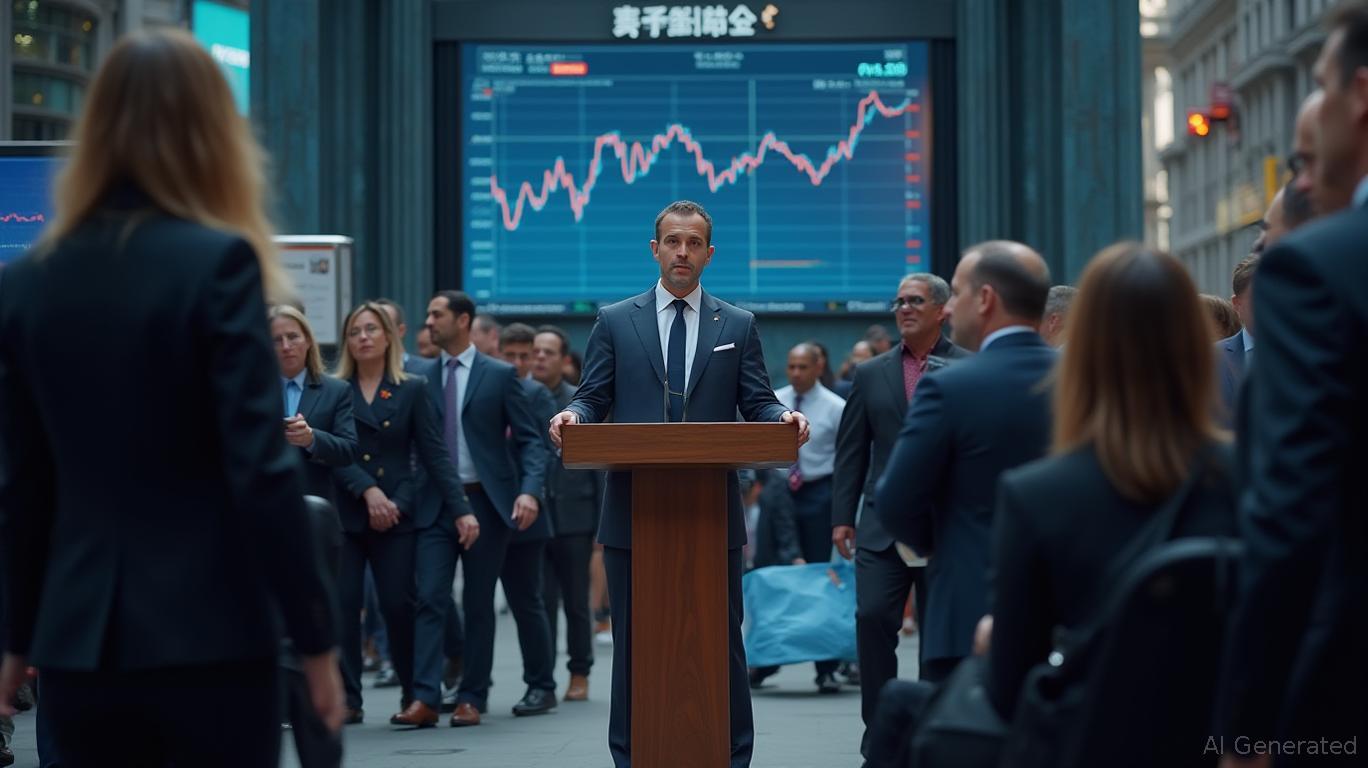Dow Jumps as U.S. Urges Israel Toward Ceasefire, Anticipation Builds for Fed Rate Reductions
On October 23, 2025, Dow futures jumped by more than 300 points as diplomatic efforts by the U.S. to broker a Gaza ceasefire gained traction and investors increasingly anticipated another interest rate cut from the Federal Reserve. The market rally unfolded against a backdrop of escalating geopolitical strains and economic unpredictability, with Wall Street also preparing for earnings releases from major artificial intelligence (AI) firms that could further influence investor sentiment.
U.S. Vice President JD Vance and Secretary of State Marco Rubio ramped up diplomatic pressure on Israeli Prime Minister Benjamin Netanyahu during a series of critical meetings this week, urging him to uphold a fragile ceasefire with Hamas. In a discussion with Netanyahu, Vance directly encouraged Israel to "give the deal a chance," according to

This diplomatic momentum coincided with rising expectations for a Federal Reserve rate cut on October 29. Futures markets reflected a 75% chance of a 25-basis-point decrease, with many investors betting that looser monetary policy could help spur growth and ease inflation.
Still, some analysts warn that the effect of such a cut may be muted if underlying economic conditions remain weak. A 0.25% reduction is unlikely to have a major impact on long-term borrowing rates, which are more closely tied to bond yields and inflation outlooks. Additionally, an upcoming inflation report on October 24 could influence the Fed's decision, and some strategists believe a short-term market pullback is more probable than a rally into year-end.
At the same time, earnings from leading AI and technology companies are drawing significant attention. Firms such as C3.ai and Texas Instruments are contending with mixed market signals. C3.ai shares plunged 25% after news broke that the CEO's health issues had delayed deal completions, leading to a class-action lawsuit and revised revenue projections. Meanwhile, Texas Instruments stock dropped 8% after the company issued disappointing fourth-quarter guidance, citing ongoing oversupply in analog chips and uncertainty related to tariffs from the Trump era. These events highlight the sector's sensitivity to both internal operational issues and broader economic trends.
Risks remain high on both the geopolitical and economic fronts. Israeli security leaders have voiced concerns that the deployment of an international force in Gaza—as part of the ceasefire's next phase—could restrict Israel's military freedom. Vance acknowledged these apprehensions but stressed the importance of disarming Hamas and rebuilding Gaza to "make life better for the people in Gaza."
With the Fed's rate decision approaching and earnings season underway, investors are weighing hopes for policy easing against doubts about its effectiveness in a sluggish economy. As the S&P 500 faces a potential 3%–5% correction and global tensions persist, markets are delicately balancing optimism with caution.